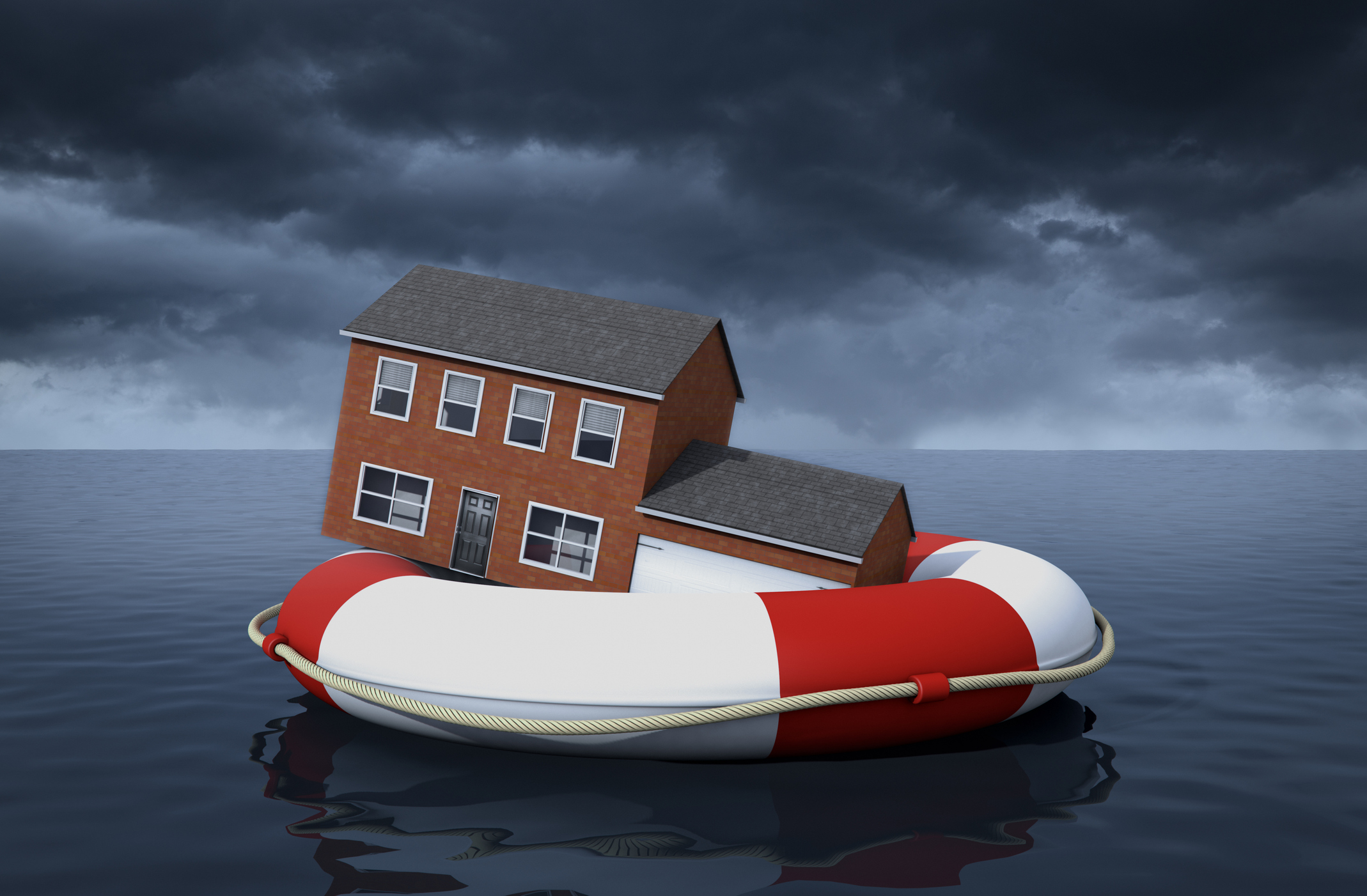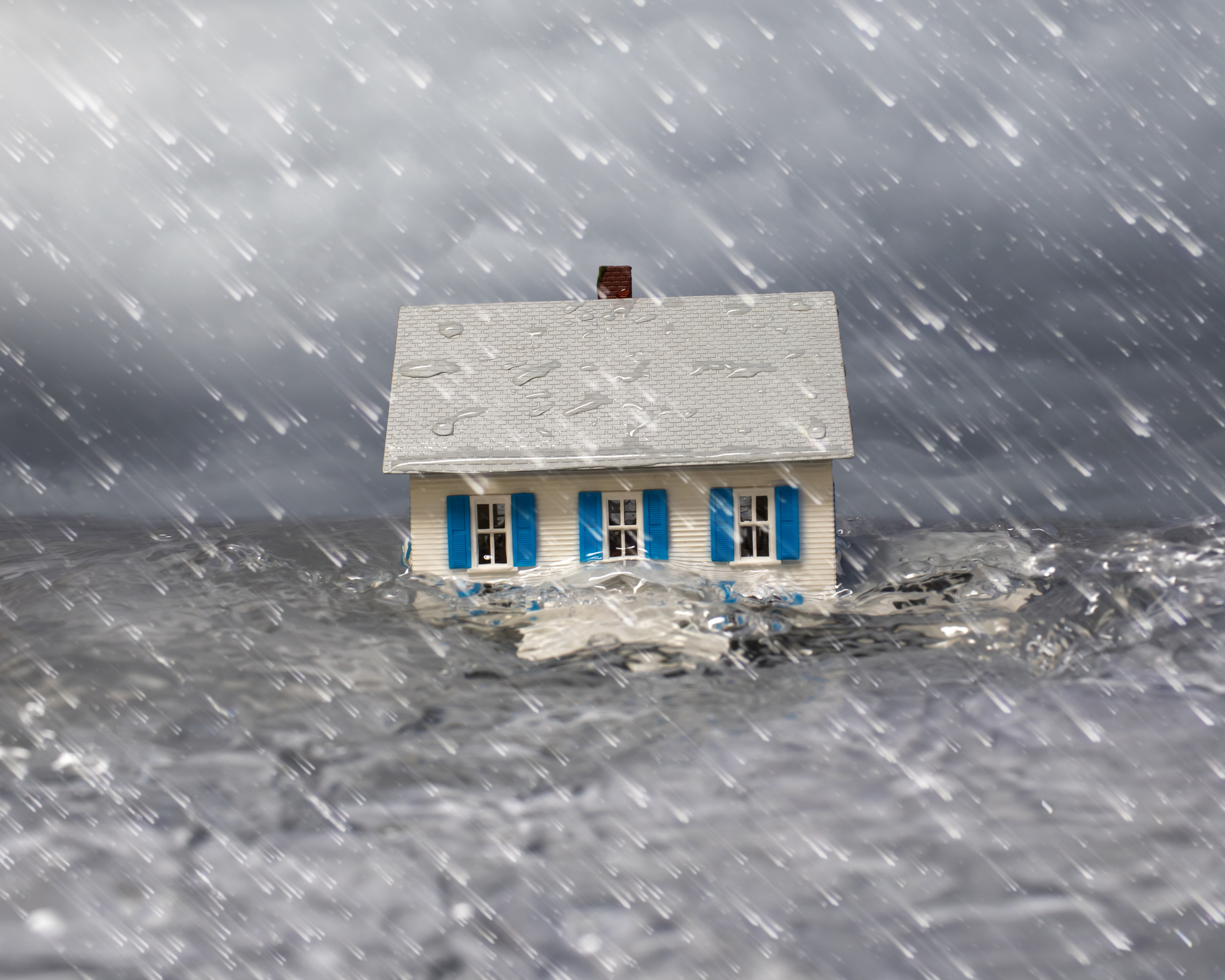How to Save on Homeowners Insurance: Boost Your Deductible
Wondering how to save on homeowners insurance? Boost your home-insurance deductible and you’ll not only reduce your premiums but also avoid filing small claims that could cause a rate hike.

Erin Bendig
Homeowners insurance keeps getting more expensive — premiums increased 13% on average in 2024, with some states seeing rate changes of over 20%, according to S&P Global Market Intelligence. The national average cost of home insurance is $2,181 per year for a policy with a $300,000 dwelling limit, which works out to be around $189 per month, Bankrate reports.
Considering the high costs of everything from groceries to car insurance, you're likely looking for easy ways to save on your homeowner's insurance policy without sacrificing coverage. One way to do so is by raising your deductible.
But how high a deductible can you get on your homeowner's insurance? And if you boost your deductible, how much can you save on premiums?
How to save on homeowners insurance by raising your deductible
Raising your deductible is a good way to reduce your premiums, and it makes you less likely to file small claims that could result in a rate hike. So if your deductible is $500 now, increasing it to $1,000 can lower your premiums by up to 25%, according to the Insurance Information Institute (III).
The higher the deductible, the bigger the premium savings. Let’s say, for example, you have a policy with Fireman’s Fund with a $1,000 deductible and a $3,000 annual premium. You’d save about 24% by boosting your deductible to $2,500, 37% by raising it to $5,000, 47% by raising it to $10,000 and 53% by raising it to $25,000. Compare the premium savings with the extra dollar amount at risk to make sure that boosting your deductible is worthwhile.
Most insurers offer much higher deductibles, too, which is a popular strategy for people who have enough money in emergency funds to cover potential costs. For example, at insurance provider Chubb, about half of the wealthiest customers choose a deductible of $10,000 to $50,000.
“For homes here in Malibu that are valued at $10 million to $25 million, having a $25,000 deductible isn’t out of the ordinary at all,” says Derek Ross, president of Kulchin Ross Insurance Services, an independent agency in Tarzana, Cal.
Use our tool, in partnership with Bankrate, to compare home insurance rates today.
You should file a claim only if it is at least several hundred dollars more than the deductible. “If your insurer raises your rate by 10% for three to five years after you have a claim, that could easily exceed the amount the insurer paid beyond the deductible,” says Ross.
And whatever deductible you do choose, keep enough money in an emergency fund to self-insure up to the deductible — or even a few hundred dollars more.
The risk of self-insuring may not be as high as you think. The average person files a homeowners insurance claim only once every eight to ten years, says Jeanne Salvatore, of the Insurance Information Institute.
You could take the money you save in premiums and add it to your emergency fund each year so that you’re prepared when you do have a claim, recommends Ross. You could also use the extra money to boost your dwelling, property and liability coverage levels by tens of thousands of dollars.
Related Content
Get Kiplinger Today newsletter — free
Profit and prosper with the best of Kiplinger's advice on investing, taxes, retirement, personal finance and much more. Delivered daily. Enter your email in the box and click Sign Me Up.

As the "Ask Kim" columnist for Kiplinger's Personal Finance, Lankford receives hundreds of personal finance questions from readers every month. She is the author of Rescue Your Financial Life (McGraw-Hill, 2003), The Insurance Maze: How You Can Save Money on Insurance -- and Still Get the Coverage You Need (Kaplan, 2006), Kiplinger's Ask Kim for Money Smart Solutions (Kaplan, 2007) and The Kiplinger/BBB Personal Finance Guide for Military Families. She is frequently featured as a financial expert on television and radio, including NBC's Today Show, CNN, CNBC and National Public Radio.
- Erin BendigPersonal Finance Writer
-
 Sam's Club Plans Aggressive Expansion: Discover Its New Locations
Sam's Club Plans Aggressive Expansion: Discover Its New LocationsSam's Club expansion plans will open up to 15 new stores each year. Learn where they plan to open in 2025.
By Sean Jackson Published
-
 What Is the Buffett Indicator?
What Is the Buffett Indicator?"It is better to be roughly right than precisely wrong," writes Carveth Read in "Logic: Deductive and Inductive." That's the premise of the Buffett Indicator.
By Charles Lewis Sizemore, CFA Published
-
 Should You Get Auto or Home Insurance Through Costco?
Should You Get Auto or Home Insurance Through Costco?Costco members can access discounted insurance through Connect by American Family — but is it really a better deal?
By Paige Cerulli Published
-
 How to Lower Home Insurance Rates When Climate Change Increases Costs
How to Lower Home Insurance Rates When Climate Change Increases CostsA top insurer warns the damage climate change causes is making it cost-prohibitive for insurers in some areas. Learn how to protect your home and lower costs.
By Sean Jackson Published
-
 Four Things You Can Do If Your Home Insurance Is Canceled or Not Renewed
Four Things You Can Do If Your Home Insurance Is Canceled or Not RenewedDon't panic — here's how to understand your notice, switch coverage and protect your home after a policy nonrenewal or cancellation.
By Ben Luthi Published
-
 See How Much Auto Tariffs Could Raise Your Car Insurance Rates
See How Much Auto Tariffs Could Raise Your Car Insurance RatesPresident Donald Trump issued a 25% tariff on all car imports. See how this tariff impacts the cost of your car insurance.
By Sean Jackson Last updated
-
 These Eight States Have the Most Expensive Home Insurance in 2025
These Eight States Have the Most Expensive Home Insurance in 2025If you live in one of these eight states, you’re probably paying $1,000 or more above the national average for home insurance.
By Rachael Green Published
-
 10 States with the Cheapest Home Insurance in 2025
10 States with the Cheapest Home Insurance in 2025Homeowners in these 10 states pay at least $1,000 less than the national average for home insurance.
By Rachael Green Published
-
 Switching Home Insurance: How to Re-Shop for the Best Coverage
Switching Home Insurance: How to Re-Shop for the Best CoverageHomeowners nationwide are facing rising home insurance costs and policy cancellations. Learn how to compare providers, find savings and ensure your home remains protected.
By Dori Zinn Last updated
-
 Borrowing Against Your Life Insurance: How It Works and What to Consider
Borrowing Against Your Life Insurance: How It Works and What to ConsiderUnlock quick access to cash by borrowing against your life insurance policy — without credit checks or strict repayment terms.
By Dori Zinn Published